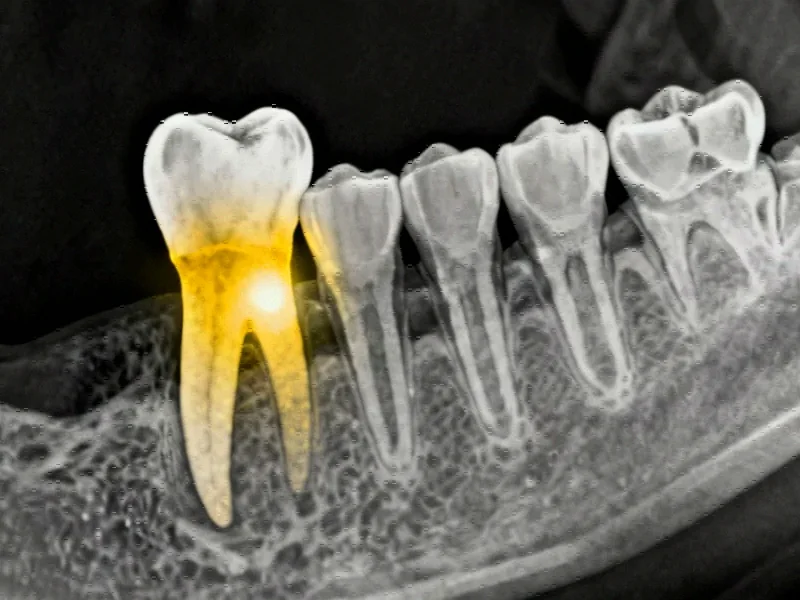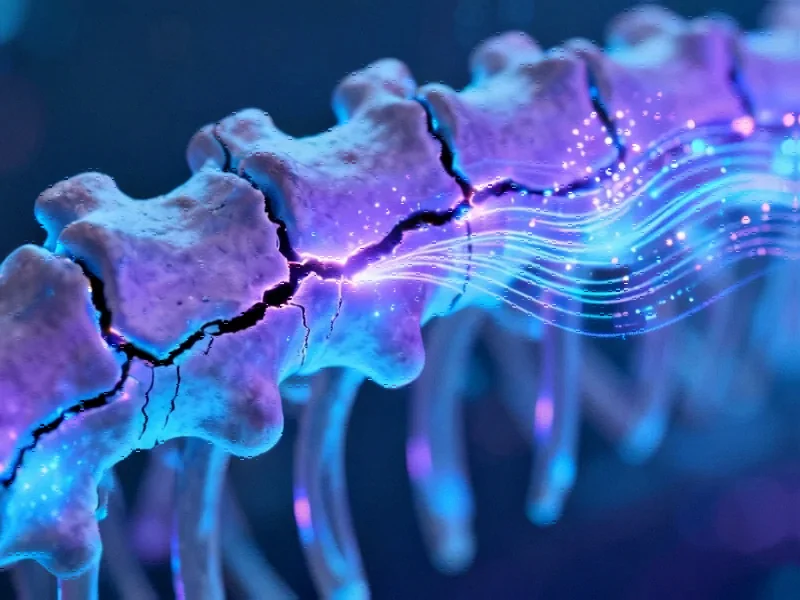Breakthrough Discovery in Cardiac Regeneration
Scientists have identified a crucial molecular pathway that promotes blood vessel formation and heart repair following myocardial infarction, according to groundbreaking research published in Nature Communications. The study reveals how the chemokine CCL28, through its interaction with CCR10-positive endothelial cells, activates a signaling cascade that enhances angiogenesis and improves cardiac function after ischemic injury.
This discovery opens new therapeutic possibilities for treating heart attack patients, potentially addressing the limited regenerative capacity of cardiac tissue that has long challenged cardiologists. The research demonstrates that targeting this specific pathway could significantly improve recovery outcomes following ischemic events.
The CCL28-CCR10 Axis: A Master Regulator of Vascular Repair
The investigation began by examining how different cardiac cell types respond to ischemic conditions. Researchers found that bone marrow-derived macrophages increased CCL28 expression and secretion when stimulated with IL-4, while hypoxia triggered CCL28 production in fibroblasts but not in cardiomyocytes or endothelial cells.
When analyzing receptor expression, the team discovered that CCR10 showed significantly higher upregulation in ischemic tissue compared to CCR3. The timing proved crucial—CCR10 expression peaked at 7 days post-hindlimb ischemia and 3 days post-myocardial infarction. Through sophisticated cell sorting techniques, scientists identified that CCR10+ endothelial cells represented a substantial population during these critical repair windows.
These findings align with recent advancements in understanding cardiac repair mechanisms that are transforming cardiovascular medicine.
Superior Functional Capabilities of CCR10+ Endothelial Cells
The research team conducted extensive functional analyses comparing CCR10+ and CCR10- endothelial cells. The results were striking: CCR10+ cells demonstrated significantly enhanced proliferative capacity, stronger anti-apoptotic properties under hypoxic conditions, improved migration ability, and superior angiogenic potential.
In spheroid-based sprouting assays, CCR10+ endothelial cells showed increased sprout number and length. Tube formation assays revealed more extensive vascular network development, and these cells displayed remarkable resistance to aging stimuli. Molecular analysis showed higher expression of key angiogenic factors including IGF-1, VEGF-A, and FGF-2 in CCR10+ cells.
These cellular capabilities represent significant technological innovations in our understanding of vascular biology and regenerative processes.
Molecular Mechanism: The ERK/SOX5 Signaling Pathway
Delving deeper into the molecular machinery, researchers uncovered that CCL28 promotes CCR10 expression in a concentration-dependent manner. Through RNA sequencing and gene set enrichment analysis, they determined that CCL28 deletion impaired angiogenesis and blood vessel remodeling while enhancing oxidative stress pathways.
The transcription factor SOX5 emerged as a critical player, with chromatin immunoprecipitation assays confirming SOX5 binding to the CCR10 promoter region. The CCL28-CCR10 axis activates MAPK/ERK signaling, which in turn stimulates SOX5-mediated CCR10 transcription, creating a positive feedback loop that amplifies angiogenic responses.
This sophisticated regulatory mechanism demonstrates how strategic evolution in biological systems can produce powerful regenerative outcomes.
Therapeutic Applications and Preclinical Validation
The research team evaluated the therapeutic potential of recombinant CCL28 protein in both hindlimb ischemia and myocardial infarction models. Treatment with rCCL28 significantly improved blood flow recovery, increased vascular density, reduced tissue fibrosis, and enhanced cardiac function.
Importantly, these benefits were demonstrated in both wild-type and Ccl28-knockout mice, confirming the therapeutic efficacy of exogenous CCL28 administration. The treatment improved coronary permeability and cardiac remodeling while promoting robust angiogenesis in damaged tissues.
These findings contribute to broader industry developments in targeted therapeutic approaches for complex diseases.
Clinical Implications and Future Directions
The identification of the CCL28-CCR10-ERK-SOX5 axis as a key regulator of post-ischemic angiogenesis provides a promising foundation for developing new cardiovascular therapies. The research demonstrates that enhancing this natural repair mechanism can significantly improve recovery following ischemic events.
Future research will need to explore optimal delivery methods, dosing regimens, and potential combinations with existing therapies. The translation of these findings to human applications represents an exciting frontier in cardiovascular medicine, potentially offering new hope for the millions affected by ischemic heart disease worldwide.
As our understanding of cardiac regeneration deepens, these discoveries highlight the importance of continued investment in basic scientific research that can reveal nature’s own solutions to medical challenges.
This article aggregates information from publicly available sources. All trademarks and copyrights belong to their respective owners.
Note: Featured image is for illustrative purposes only and does not represent any specific product, service, or entity mentioned in this article.



